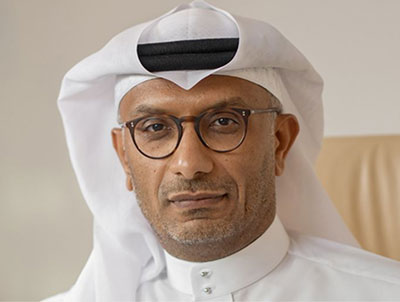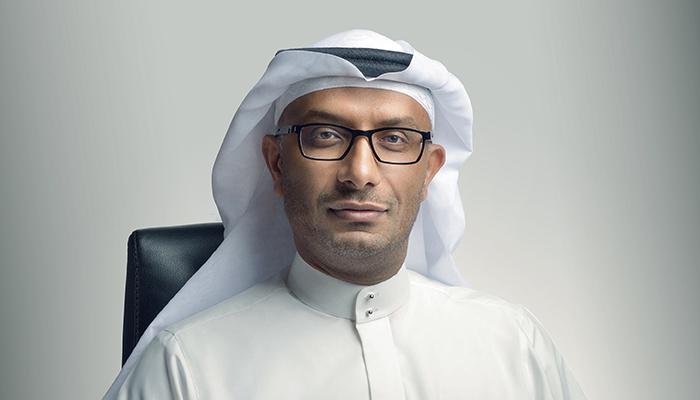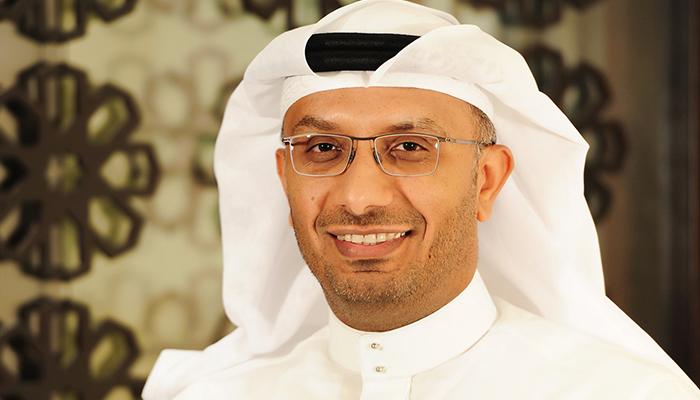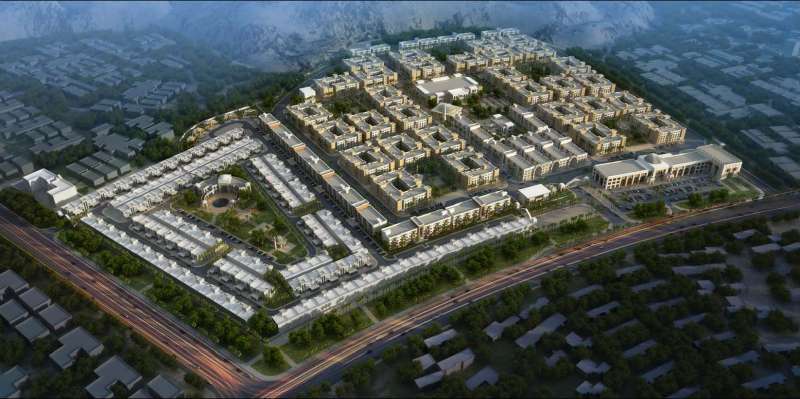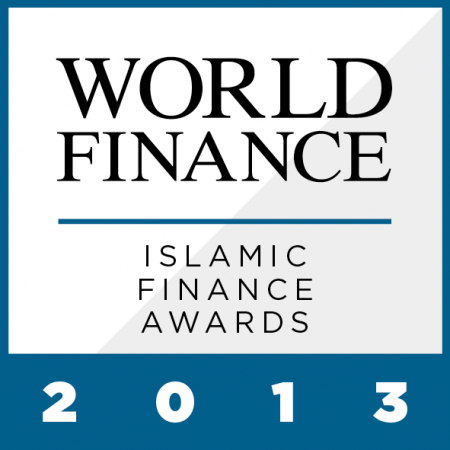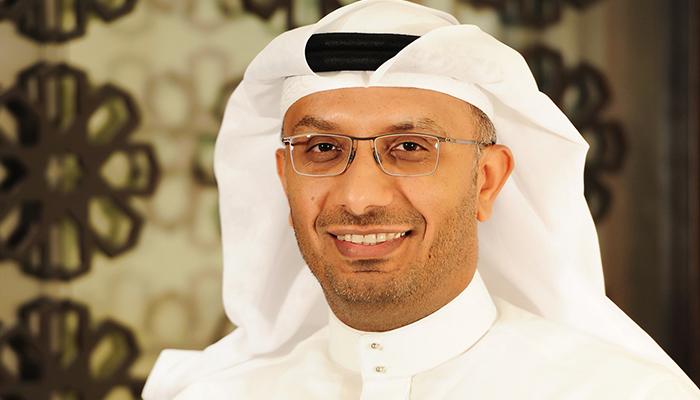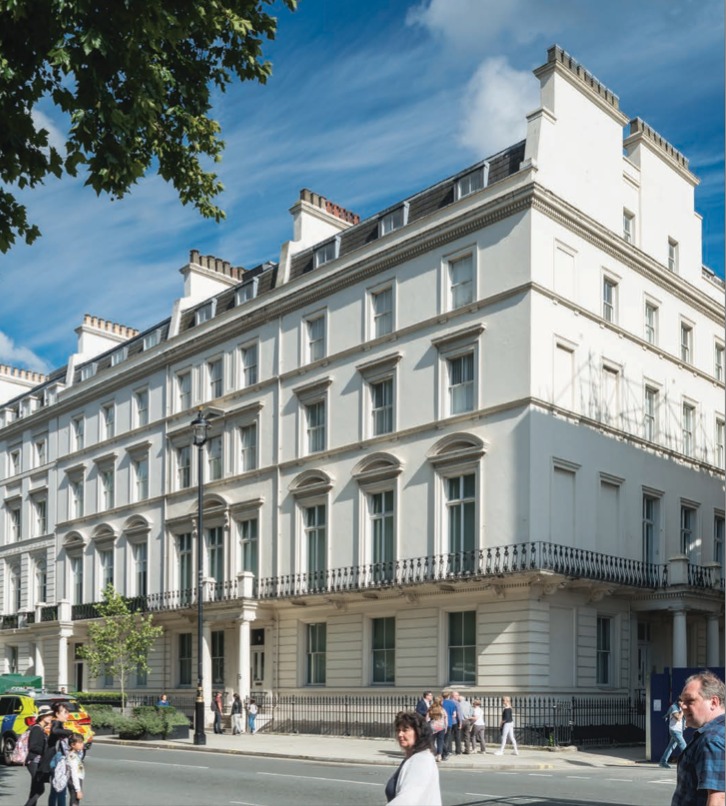
UK Property Gives Shelter From The Storm
March, 2016
- Gulf investors hunt for deals as uncertainty grips home markets
- “They’re looking for long-term, stable, yielding property”
Long considered a safe haven for global capital. The flow of private investment began slowly in the wake of the Arab Spring five years ago but has picked up steam in the past 24 months, says Fadi Moussalli, head of the international capital group at JLL MENA. Families not previously known as overseas investors are asking for help to complete deals in a bid to diversify their income and include perceived safe countries, says Moussalli. Purchases are typically in the $20-50 million range, smaller than institutional deals, but both the number of investors shopping for deals and transactions have increased. The length of lease is one of the most desirable features. “They’re looking for long-term, stable, yielding property,” Moussalli says.
The UK and Germany are two preferred markets, but the perception of sterling as undervalued against the dollar-pegged Gulf currencies—last month the pound fell to a seven-year low against the dollar—creates a “massive buy pressure,” says Hassan Farran, the Dubai-based associate director of Savills Cross Border Investment.
The search for greater returns is pushing more Middle East investors to buy outside of London, where yields are often much higher, says Chris Brett, head of international capital markets at CBRE. Sectors such as logistics, student accommodation and healthcare, “where there is a long-term income profile” are seeing more Gulf originated investment.
There’s also rising interest in residential property in the north of the UK, says Andy Phillips, the commercial director at Manchester-based agency Knight Knox. With the market in London “probably overcooked,” buy-to-let investors are looking elsewhere for higher yields and better capital appreciation. Buyers of property in the north can expect net returns of 6 per cent and capital appreciation of 10-12 per cent per annum, says Philip. By contrast, returns in central London can range from 2-3.2 per cent. However, Farran says interest in regional office markets such as Birmingham, Leeds, Manchester, Edinburgh and Glasgow are primarily a yield play and are unlikely to see significant capital appreciation.
Among Gulf investors, Brexit is the top item of discussion, says Hassan, with the referendum on whether the UK will remain inside the European Union set for 23 June. Uncertainty over the outcome and its possible impact may cause some investors to consider delaying deals until after the referendum, Farran says, though it may also create buy opportunities for others as the market slows.
Gulf investors are also increasingly willing to move up the risk curve and take on value-add projects such as developments, often in partnership with a local developer. Sidra Capital, a Jeddah-based investment bank that launched in 2009, has focused on real estate developments, recently launching its fifth, Hamilton Drive, a 1.2 hectare development in St John’s Wood consisting of 10 luxury town houses and a villa, near to the famous Abbey Road Studios.
The company has partnered with Dwyer Properties, a London-based developer. Sidra has deployed over $266 million across its five active UK projects; properties from its first development will be handed over to buyers next month, says CEO Muhammad Currim Oozeer. Saudi Arabian private investors have a large appetite for real estate developments, says Oozeer, who is forecasting a net internal rate of return of 17-20 per cent for investors in the Hamilton Drive project.
Despite the uptick in private buyers, net flows of Gulf capital into the UK in 2016 could still be negative, since sovereign wealth funds dominate the region’s total spend. As governments draw on their wealth funds in a bid to plug budget deficits, “one sale by Abu Dhabi Investment Authority or the Qatar Investment Authority could offset a lot of the private money—or everything,” says Farran. In January QIA began looking for buyers for its 1 Cabot Square address at Canary Wharf, with the sale price reportedly as high as £450m ($638.5 million) for the office building tenanted by Credit Suisse with a twenty-year lease.
Still, Moussalli doesn’t believe that SWFs are selling due to the low oil price, pointing to the wide variety of more liquid assets they could sell first, while regional governments also have significant untapped borrowing capacity they can draw on to cover budget shortages. Rather, sales activity can be linked to a change in investment strategies among Gulf SWFs, which are taking a trading approach in a bid to generate better returns. “They buy, they create value and they sell,” says Moussailli. They may also be disposing of properties bought during the credit crunch in 2009-2011. “Some of these purchases were great deals from a return point of view,” says Moussalli.
For residential property, high capital gains in central London over the past decade made it a favourite market for international investors. But the introduction of successive new taxes has taken much of the wind out of sales of high-end homes. Areas historically popular with well-heeled buyers, including Knightsbridge, South Kensington and Chelsea saw falling prices in February, according to figures from Frank Knight. Yet there are still some pockets in and around prime central London that are yet to achieve their full price potential, says Faisal Durrani, head of research at Cluttons. They’re forecasting capital value growth of 19-20 per cent over the next five years in London, citing an underlying shortage of homes. “The supply demand imbalance is a fundamental issue and doesn’t look like it’s going to change any time soon.”
In the new-build market, Middle East investors are also looking outside of their traditional stomping grounds, including developments in North and West London, where they can find larger units at a lower entry price which they believe will offer greater opportunity for growth, says Neil Bowron, the sales and marketing director at St George, a property development arm of Berkshire Group.
Investment funds are also seeing growing interest from the Gulf. London Central Portfolio claims to offer the UK’s only Sharia compliant property fund, with structured finance provided by Al Rayan Bank, owned by Qatar’s Masraf Al Rayan. Middle East investors make up 24 per cent of subscribed investors but are responsible for 35 per cent of committed funds, says Lauren Awcock, a senior manager at LCP. The new taxes are also pushing international investors their way; the fund is “essentially exempt from all the new taxes,” says Awcock. They’re targeting growth of 12 per cent IRR per annum over five years and hope to raise £100 million by the end of March. The fund focuses on buying apartments in the sub-£1 million range in central London, an area of the market less affected by the new taxes or the slew of new builds coming onto the market, says Awcock. “We believe that the bottom end of the market will be steady, and the top end will suffer for the time being,” she says. –Stian Overdahl

